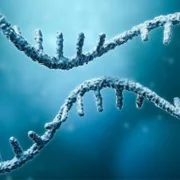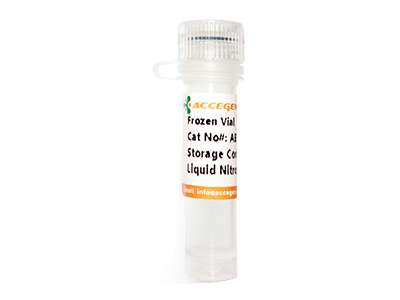-
Happy Holidays from AcceGen! Orders placed during Dec 22–Jan 2 will be processed and shipped after operations resume. Please plan ahead.
Featured Products
- In-Stock Tumor Cell Lines
- Human Orbital Fibroblasts
- Human Microglia
- Human Pulmonary Alveolar Epithelial Cells
- Human Colonic Fibroblasts
- Human Type II Alveolar Epithelial Cells
- Human Valvular Interstitial Cells
- Human Thyroid Epithelial Cells
- C57BL/6 Mouse Dermal Fibroblasts
- Human Alveolar Macrophages
- Human Dermal Fibroblasts, Adult
- Human Lung Fibroblasts, Adult
- Human Retinal Muller Cells
- Human Articular Chondrocytes
- Human Retinal Pigment Epithelial Cells
- Human Pancreatic Islets of Langerhans Cells
- Human Kidney Podocyte Cells
- Human Renal Proximal Tubule Cells
Primary Cells
Explore Products




 HEL is a human erythroleukemia cell line established from the peripheral blood of a 30-year-old Caucasian male who developed therapy-related erythroleukemia following relapse after Hodgkin’s lymphoma treatment. These cells exhibit lymphoblastoid-like morphology and grow predominantly in suspension, although a subset may demonstrates semi-adherent properties in culture. HEL has a doubling time of approximately 24 – 36 hours. HEL harbors the JAK2 V617F mutation, commonly associated with myeloproliferative neoplasms. It expresses a range of surface antigens, including CD13, CD33, CD41a, CD71, and CD235a, as well as HLA A3, Aw32 and Bw35. In vivo studies confirm its tumorigenic potential, with subcutaneous or intravenous inoculation in immunodeficient mice. HEL serves as a model for studying erythroid differentiation and globin gene regulation, and leukemogenesis.
HEL is a human erythroleukemia cell line established from the peripheral blood of a 30-year-old Caucasian male who developed therapy-related erythroleukemia following relapse after Hodgkin’s lymphoma treatment. These cells exhibit lymphoblastoid-like morphology and grow predominantly in suspension, although a subset may demonstrates semi-adherent properties in culture. HEL has a doubling time of approximately 24 – 36 hours. HEL harbors the JAK2 V617F mutation, commonly associated with myeloproliferative neoplasms. It expresses a range of surface antigens, including CD13, CD33, CD41a, CD71, and CD235a, as well as HLA A3, Aw32 and Bw35. In vivo studies confirm its tumorigenic potential, with subcutaneous or intravenous inoculation in immunodeficient mice. HEL serves as a model for studying erythroid differentiation and globin gene regulation, and leukemogenesis.